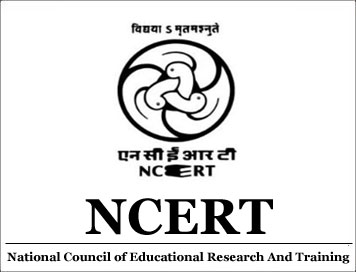(Download) NCERT Revised syllabus Of History (Class 9 to 10 )
Overall Theme for Class IX & X: India and the Contemporary World
Rationale
In the history component of the Social Science Syllabus of the earlier classes (VI-VIII) students were introduced to the history of India from ancient to modern times. In Classes IX and X the attempt will be to study some of the diverse forces and developments that have shaped the history of the contemporary world. Developments in India will be located within this larger history.
In both these classes the syllabus will consist of three separate units, each focusing on a different set of themes, all of them important to our understanding of the contemporary world. Each year one set of themes will deal with political events, processes and ideologies, one with livelihood patterns, and one with questions of culture, rights and identity.
Objectives
In discussing the political events and processes, the effort will be to see how developments in the west as well as in the colonies are significant in the making of the modern world. The ideas of liberty, democracy and freedom come up not only in the west but also in the colonies. Anti democratic ideas — fascist, racist or communal — similarly develop in different forms in different countries.
In the unit on ‘Livelihoods and Economies’ the effort will be to understand how different social groups confront as well as shape the economic changes in the modern world. Each theme within the unit will be studied through a focus on one region, and in many cases through two appropriate case studies, one Indian and one from another country. The effort will be to give students some idea of the variety within seemingly similar processes and phenomenon. The general discussion of the issue will revolve around and will be drawn out from the case studies.
In focusing on issues of culture and identity, the attempt will be to make students aware of the fact that everything — clothing or food, sports or leisure, print or books — has a history. These histories reflect cultural and political changes and are often linked to issues of identity and power.
In discussing each theme the textual narrative will be supplemented by extensive use of pictures, photographs, cartoons, extracts from a variety of original sources — eye witness accounts, travel literature, newspapers journals, statements of leaders, official reports, terms of treaties, declarations by parties, and in some cases contemporary stories, autobiographies, diaries, popular literature, oral traditions. The effort will be again to make students read the sources, think of what they say, and why a thing is represented in a particular way. In many cases questions will be appended to pictures and extracts to allow a critical engagement with these.
Each theme will be located in time and space through maps and timelines. Even in using maps the effort will be not simply to pass on a set of information but to persuade students to make inter connections, to read maps critically.
CLASS IX: INDIA AND THE CONTEMPORARY WORLD – I
Themes | Objectives |
